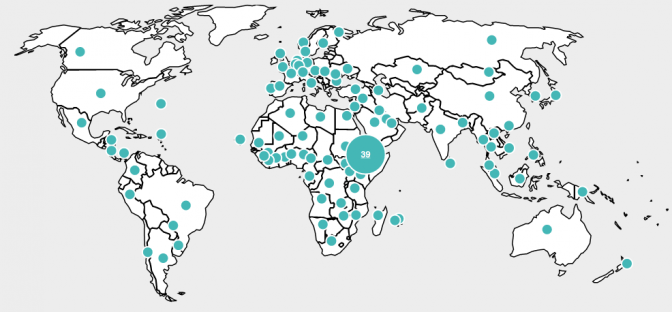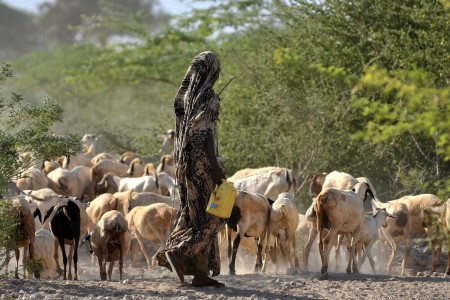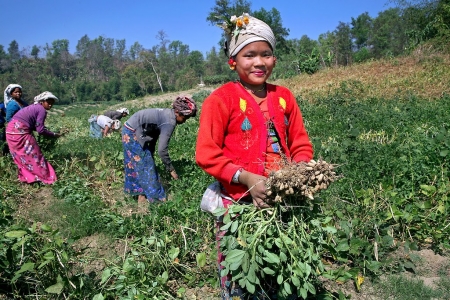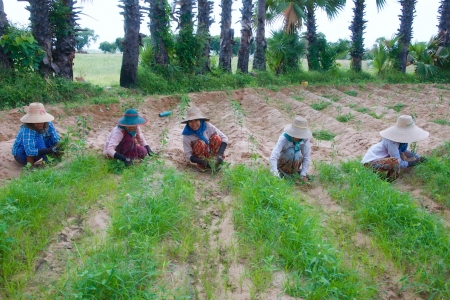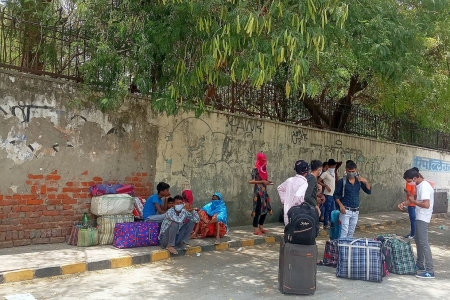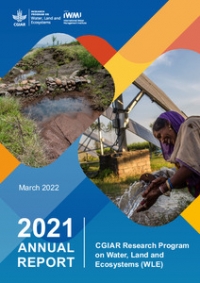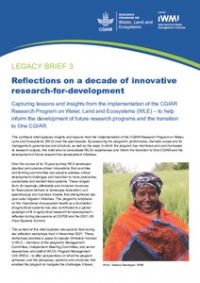This blog is part of the Agriculture and Ecosystems Blog’s month-long series on Restoring Landscapes.
A couple of years ago, Oxfam claimed that an area of agricultural land in developing countries almost the size of Western Europe had in recent years been taken over the foreign investors. But a new report says a majority of the biggest “land grabs” never got beyond the planning stage. So what’s going on? Has the bubble burst? Was the great land rush a myth all along? Don’t be so sure.
The CGIAR Research Program on Water, Land and Ecosystems is hosting a month-long focus on restoring landscapes and soils. Land grabbing makes work on restoration of land and soil even more important as farmers are increasingly beaten out of the most fertile land and water due to land grabbers.
I should declare an interest. I wrote a book, The Landgrabbers, charting real grabs happening across the world, from Paraguay to Papua New Guinea. I saw the fences, the ploughs and the dispossession first hand. For me land is “grabbed” when the occupiers of the land do not give their consent.
I believe we should care about these deals because they can transform land rights across large swathes of farm, pasture and forest land in the South, with major implications for traditional users and the landscapes within which they work. To secure returns for their investors, most foreign investors will adopt mechanised production methods, with scant regard for local food security, local employment, or natural ecosystems and the services they provide.
But it was clear when I researched my book that there was no authoritative data on the scale of foreign land investments. Even the World Bank said it hadn’t a clue. While some estimates, such as Oxfam’s 220 million hectares, seemed heavily inflated.
Hence the value of the research network Land Matrix -- coordinated by Ward Anseeuw of the University of Pretoria in South Africa, and hosted by the International Land Coalition (ILC), a partnership of civil society and intergovernmental organizations. It currently includes data on 864 claimed deals covering almost 32 million hectares, submitted by its network of researchers.
Most researchers and policymakers in the field rely on the Land Matrix database. So when Carlo Hammelink of Ecofys, a consultancy that advises the European Union on biofuels policy, raised serious questions about the database in a report in October, it was worth reporting. Which I did.
Hammelink analysed the 66 biggest deals in the database, as available online early this year. They covered more than 26 million hectares. But in tracking down the references and other available information, he could find no evidence of signed deals for a third of the entries. The deals were often no more than “letters of intent” between governments, sometimes with no specific areas of land identified, still less leased.
Another third seemed not to have gone much beyond a public handshake or headline. While still others billed as mega-schemes were, for now at least, not much more than a few fields.
This sounded bad. In part it arises from the crowd-sourcing nature of the enterprise. Local knowledge is invaluable, even irreplaceable, but it also creates quality-control problems, exacerbated by the sometimes loose criteria for inclusion on the database.
But further investigation revealed that the Land Matrix was already on the case. “We realised it was misleading to provide only aggregate figures for deals concluded and under negotiation,” Michael Taylor of the ILC told me. In fact, the researchers had substantially updated their database in June, after Hammelink collected his data. Of the 66 biggest deals identified by Ecofys, they had already removed 26 “for lack of sufficient information”. The updated version also distinguished between deals that had been concluded, and those that were still under negotiation, or had failed. The result, said Taylor, is more reliable.
What all this has revealed is that, in some businesses, land grabbing has declined, notably those projects involving novel biofuel crops like jatropha. And there have been some conspicuous failures of projects already under way, either because the sums don’t add up or because of local opposition.
In Liberia, for instance, Buchanan Renewables, a company harvesting huge numbers of old unproductive rubber trees for chipped wood to burn in European power stations, went out of business early this year. (Though it had never “grabbed” the 250,000 hectares suggested in the Land Matrix, since it only bought timber from existing landowners.)
But big data gaps remain. For instance, the revised Matrix lists no fewer than 102 land grabs in Cambodia, but 85 of them carry the note that their implementation status is “unknown”.
Hamelinck accepts that the revision is a substantial improvement, but observes that: “NGOs tend to say if there is no more information, it is probably a secret and very bad; I tend to think it may not exist.” However, I think that is too cynical. We are in grave danger of convincing ourselves that the threat from land grabs has gone away. That would be a mistake.
For one thing, many land deals never make it onto the Matrix. When travelling for my book, I came across large areas of indigenous peoples’ lands in northern Paraguay that had been newly taken over by Brazilian ranchers. None of them turn up among the five listed Paraguayan land grabs on the Land Matrix. In other countries, like Laos, journalists, NGOs and researchers are deterred from reporting grabs for fear of retribution.
Moreover, in China, India and some other countries, the majority of land grabs are internal, and rarely merit even a headline in the local media. These too slip beneath the Land Matrix radar.
Even aspirational deals that never see a plough can leave land blighted, because nobody else can use the land. And investors that have gone into liquidation – like the British jatropha company Sun Biofuels, which planted across tens of thousands of hectares in Tanzania and Mozambique – leave land in limbo, fenced off and awaiting a new buyer.
And of course grabbers will be trying to leverage the best land, so their impact on local livelihoods can be out of proportion to the land area itself.
Marc-Oliver Herman, Oxfam’s specialist on economic justice, charges that five years ago companies were making “inflated claims to the press about how much land they were being promised, in order to raise capital. Now they appear to be down-playing how much land they actually got, in order to silence very legitimate concerns.” That probably comes close to the truth.
A few bubbles have burst, but tens of millions of hectares of land have been taken. With agricultural commodity prices in the doldrums for the past two years, a hiatus is to be expected. But the incentives to grab more land are still considerable. Demand for crops continues to rise and land is in short supply. Behind the confusion about the precise numbers, the land grabs will go on.
Meanwhile, we badly need to know more. There clearly are databases and closed sources of information about land deals that international agencies could unlock. At the World Bank, countries’ desks must know more than a desk researcher in DC can uncover. And maybe the CGIAR community has a locked cupboard or two, as well.



